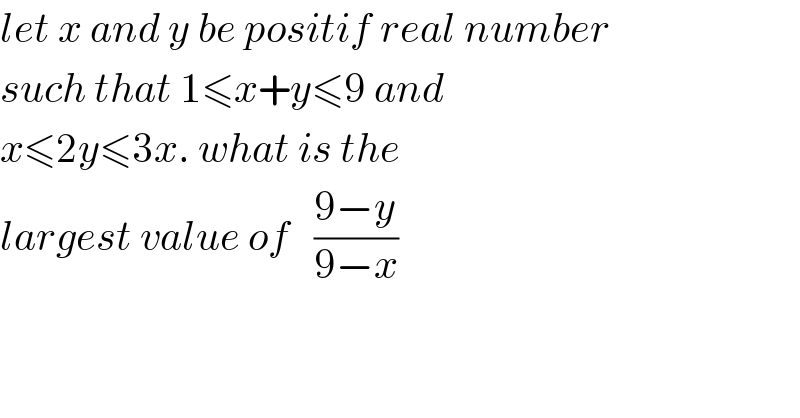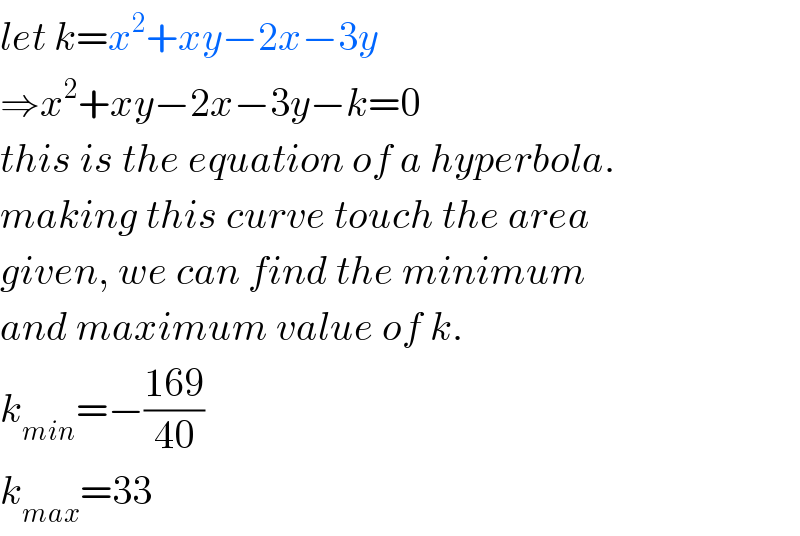
Question and Answers Forum
Question Number 80347 by jagoll last updated on 02/Feb/20

Commented by john santu last updated on 02/Feb/20

Commented by mr W last updated on 02/Feb/20

Commented by jagoll last updated on 03/Feb/20

Commented by mr W last updated on 03/Feb/20

Commented by jagoll last updated on 04/Feb/20

Commented by mr W last updated on 04/Feb/20

Answered by mr W last updated on 02/Feb/20

Commented by mr W last updated on 02/Feb/20

Commented by jagoll last updated on 02/Feb/20

